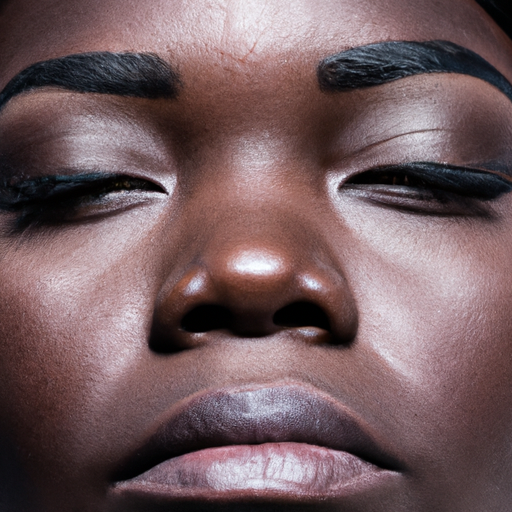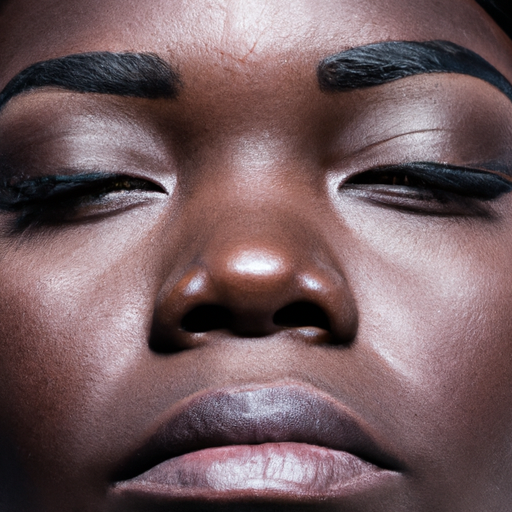The skin, the largest organ of the human body, is a complex and intricate system that requires constant care and attention. It is our first line of defense against environmental aggressors and plays a crucial role in maintaining overall health. One of the most important aspects of skin care is understanding the difference between moisture and hydration needs. This article aims to decode these two concepts and help you understand how to quench your skin’s thirst effectively.
Moisture and hydration, although used interchangeably in the beauty industry, have different implications for skin health. Hydration refers to the water content within the skin cells, which gives the skin its plumpness and elasticity. On the other hand, moisture refers to the oils on your skin that prevent water loss, keeping your skin soft and smooth.
Hydrated skin is plump, elastic, and less likely to develop fine lines and wrinkles. It is achieved by using products that contain humectants – ingredients that attract water molecules from the environment and draw them into the skin cells. Common humectants include hyaluronic acid, glycerin, and aloe vera. Drinking plenty of water also contributes to skin hydration.
Moisturized skin, on the other hand, is soft, smooth, and has a healthy glow. It is achieved by using products that contain emollients (like shea butter or oils) that fill in the gaps between skin cells, creating a smooth surface. Moisturizers also contain occlusives – ingredients like beeswax or lanolin that form a protective barrier on the skin surface to prevent water loss.
Understanding your skin type is crucial in determining whether your skin needs more hydration or moisture. Dry skin lacks oil and needs to be moisturized, while dehydrated skin lacks water and needs to be hydrated. However, most people need a balance of both hydration and moisture to maintain healthy skin.
For dry skin, look for moisturizers with occlusive and emollient ingredients to lock in moisture and create a protective barrier. For dehydrated skin, look for products with humectants to draw in water from the environment and hydrate the skin cells.
However, it’s not just about slathering on the right creams or lotions. Your lifestyle plays a significant role in your skin’s hydration and moisture levels. Drinking plenty of water, eating a balanced diet rich in omega-3 fatty acids, and avoiding excessive alcohol and caffeine can help maintain your skin’s hydration levels.
In conclusion, both hydration and moisture are essential for maintaining healthy, radiant skin. By understanding the difference between the two, you can better tailor your skincare routine to your skin’s specific needs. Remember, hydrated skin is plump and elastic, while moisturized skin is soft and smooth. Your skin needs a balance of both to look and feel its best. So, quench your skin’s thirst by providing it with the right balance of hydration and moisture.




